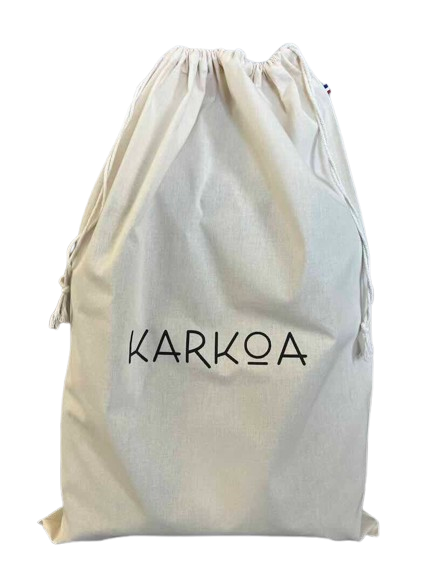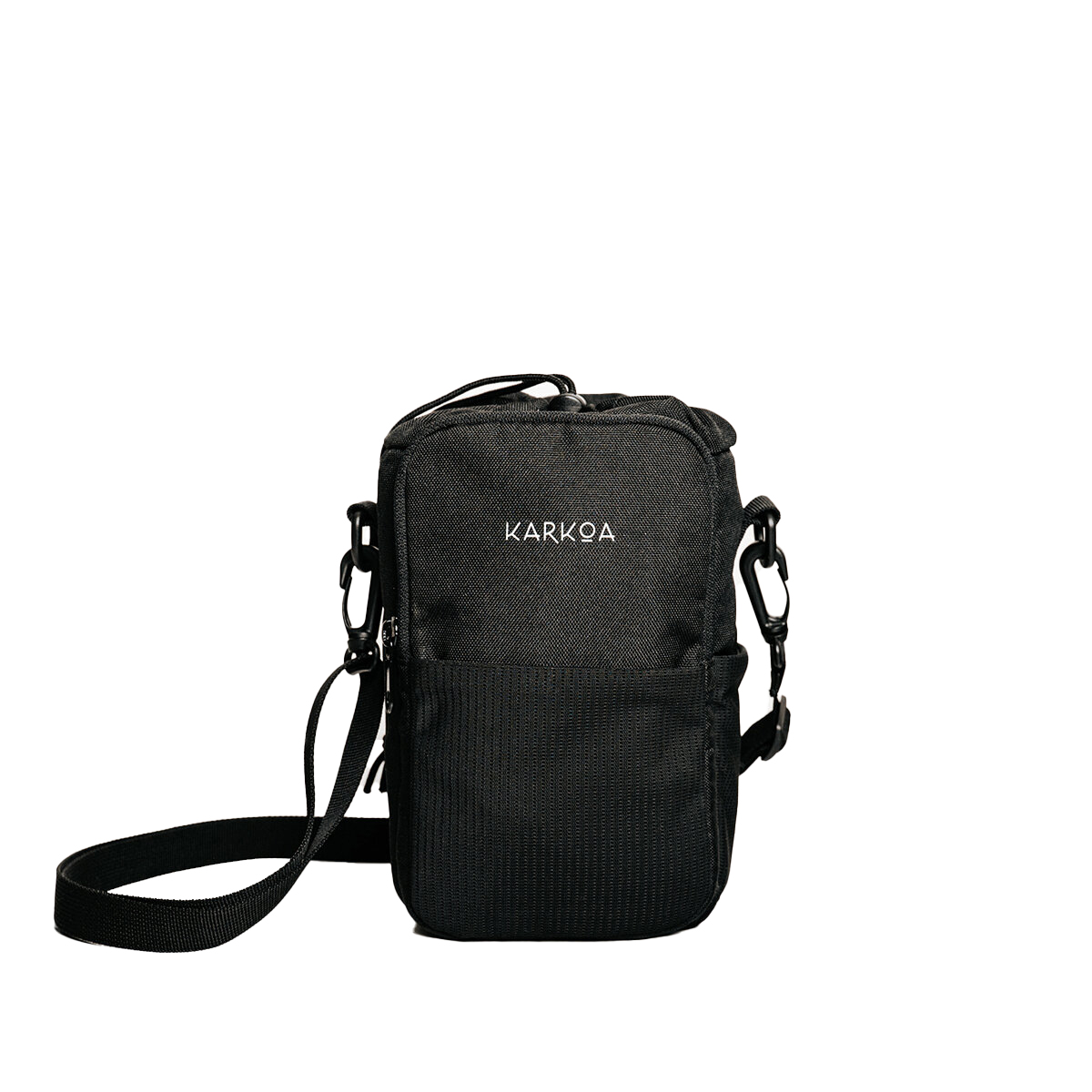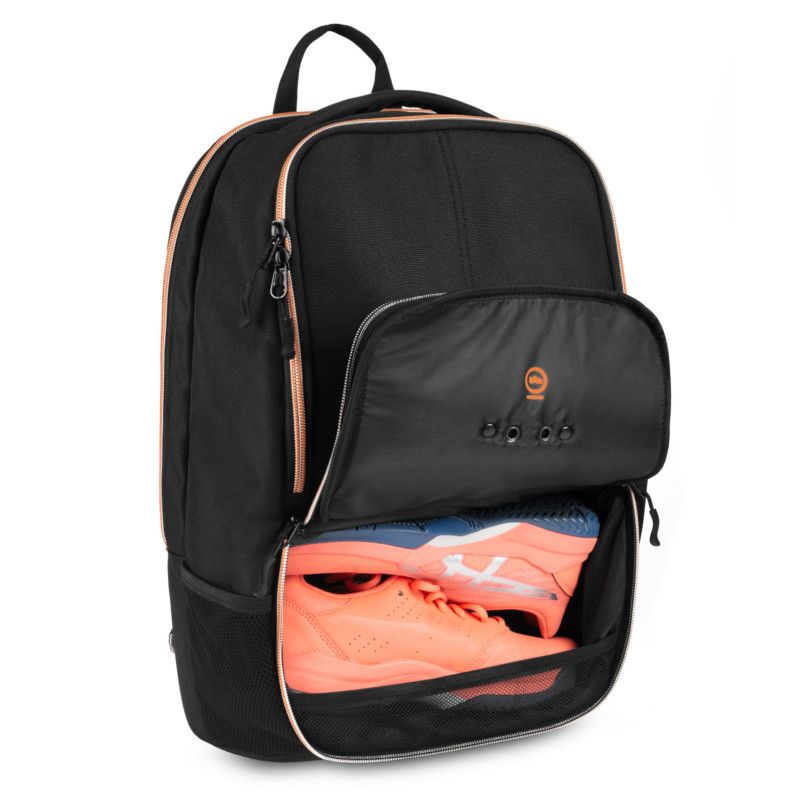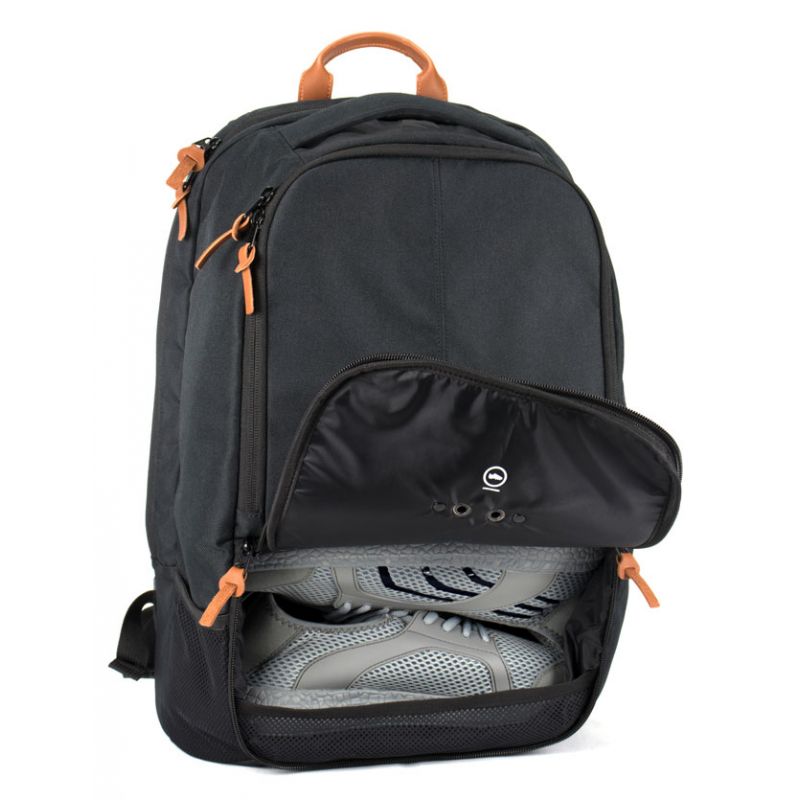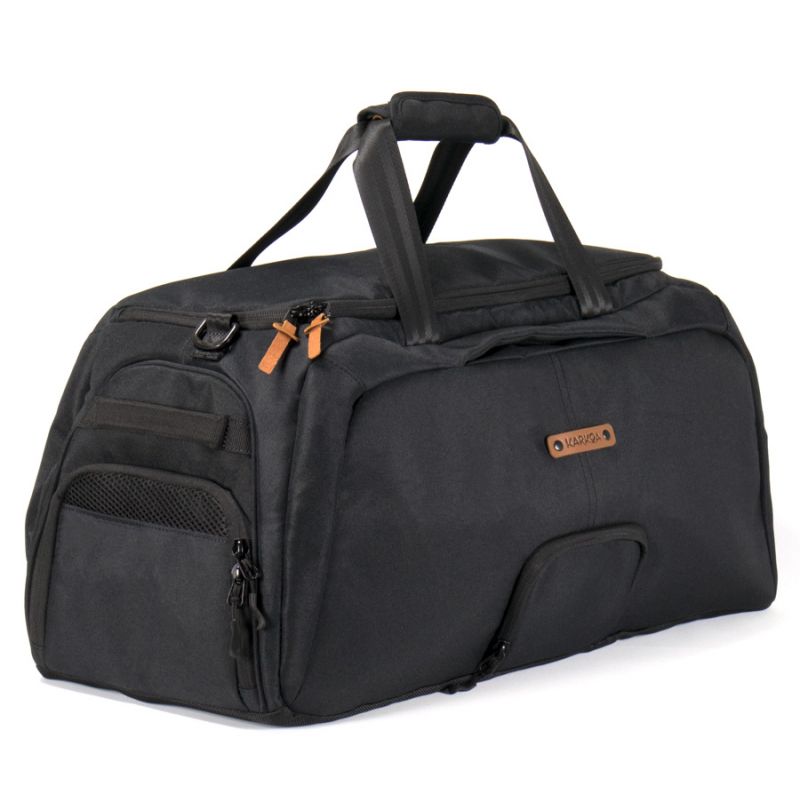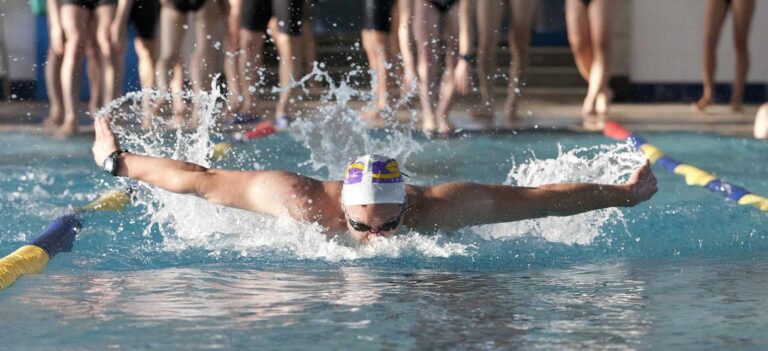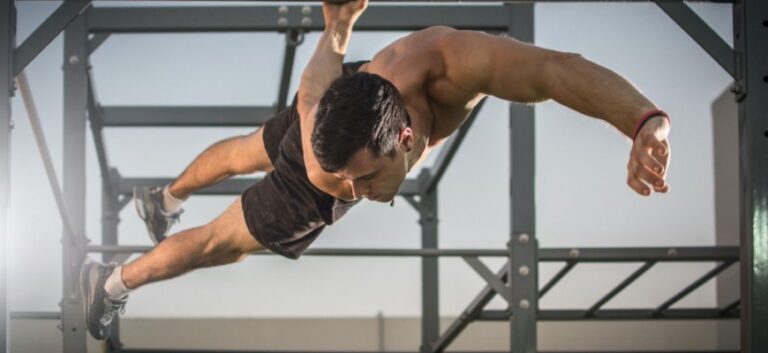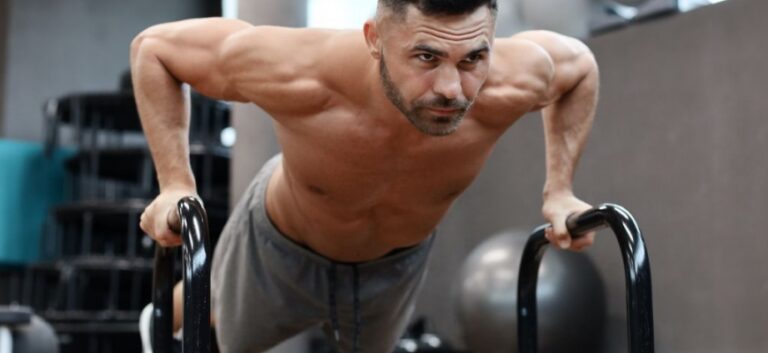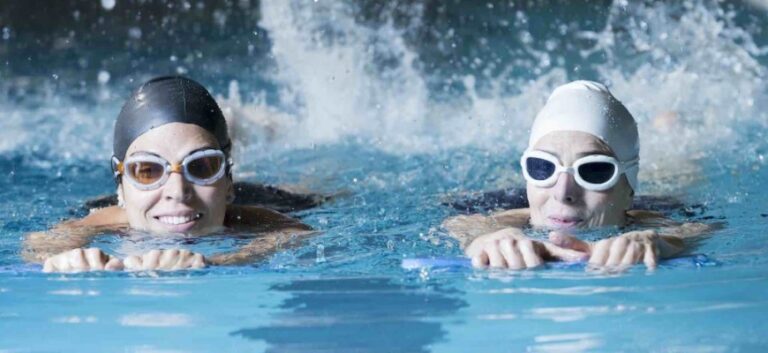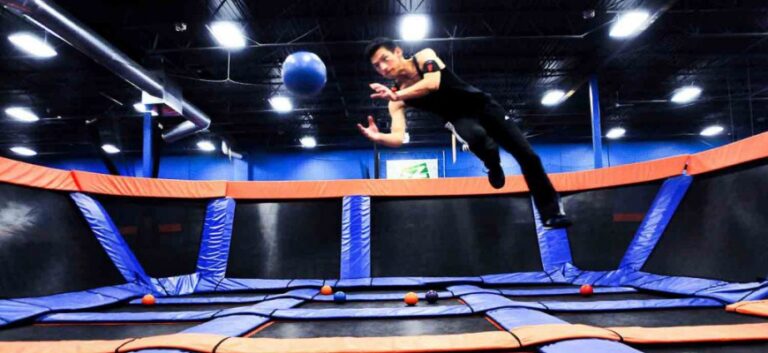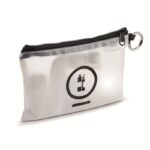Where does padel come from?
It was the lack of space around his house that gave Mexican Enrique Corcuera the idea of creating a shorter tennis court (20m by 10m, instead of just under 24x11m for a double court). The concept was exported to Spain in 1974 by one of his friends, Prince Alfonso de Hohenlohe, who created new rules and improved on the original idea in the town of Marbella. It was here that padel was really to be born and take off, winning over some of the big names in Iberian tennis, as well as members of the jet set.
Padel made another journey, this time to Argentina, when another wealthy friend of the Prince of Hohenlohe brought the new sport back home to make it known there. Padel was still gaining notoriety.
Lately, the racket game has been making its way to Europe. It is the subject of growing curiosity on the part of tennis, badminton and squash fans. A French Padel Federation was thus created, but the sport was finally integrated into the Fédération Française de Tennis in 2014. Today, while the practice of padel is not yet widespread in France, it appeals to tennis champions and lovers of afterwork sporting activities.
How does padel play work?
At first glance, padel might seem like a cross between tennis played in doubles and squash: a court separated by a net, a court limited by a cage, a game played with rackets… and yet padel turns out to be a veritable “tutti frutti” of racquet sports: It features a smaller court, like paddle, the rules of tennis and squash, but also the techniques of pelote basque, badminton and table tennis. To put it plainly, padel attempts to make the ideal synthesis of all the racket sports in existence to create a sport that is fun, explosive from a physical point of view, but also, if enthusiasts are to be believed, much more tactical than it appears, the challenge not being to hit the ball with all your might to win. What’s its other characteristic? Like tennis, it is played outdoors, or indoors, like squash.
Fortunately, you don’t need to have played any of the other sports on which padel is based to get started. All you need to know to get started are a few rules:
– Padel is played by teams of 2 against 2, on a court 20m long and 10m wide, surrounded by 4m-high glass walls. It is also possible to play 1 against 1 for training purposes: this does not change the rules in the slightest.
– Points are counted in the same way as in tennis: 15 – 30 – 40, then per game, then per set, and finally per match. A set can be won after 6 games, starting with a difference of 2 games over the opposing team. To win the match, you need to win 2 sets.
– Serve with a spoon, just like in badminton
– The ball can only touch the ground once before being thrown back. However, it can bounce as many times as necessary against the glass or metal mesh that makes up the “cage”.
All that’s left is to integrate a few subtleties of the game, which are quickly learned (a bit like squash, after all). You’ll also need to acquire a special padel racquet: solid and pierced with holes, it’s both shorter and thicker than a tennis racquet. The balls, meanwhile, are ‘softer’ than tennis balls, as they are slightly depressurised.
Where can you play padel in France?
Still not very widespread, padel is nevertheless played in a few halls around France. You can visit Padel Central in Lyon, for example, or simply book a court online at their website. The club has been open since 22 August and also has badminton courts.
Looking for a particular club? Head over to the Ligue Nationale de Padel website. This is where you’ll find the full list of clubs and padel halls, around 25 places to practice. Don’t forget that padel is played 2 against 2 in “competition” mode, so don’t forget to form your team, and choose your opponents!
